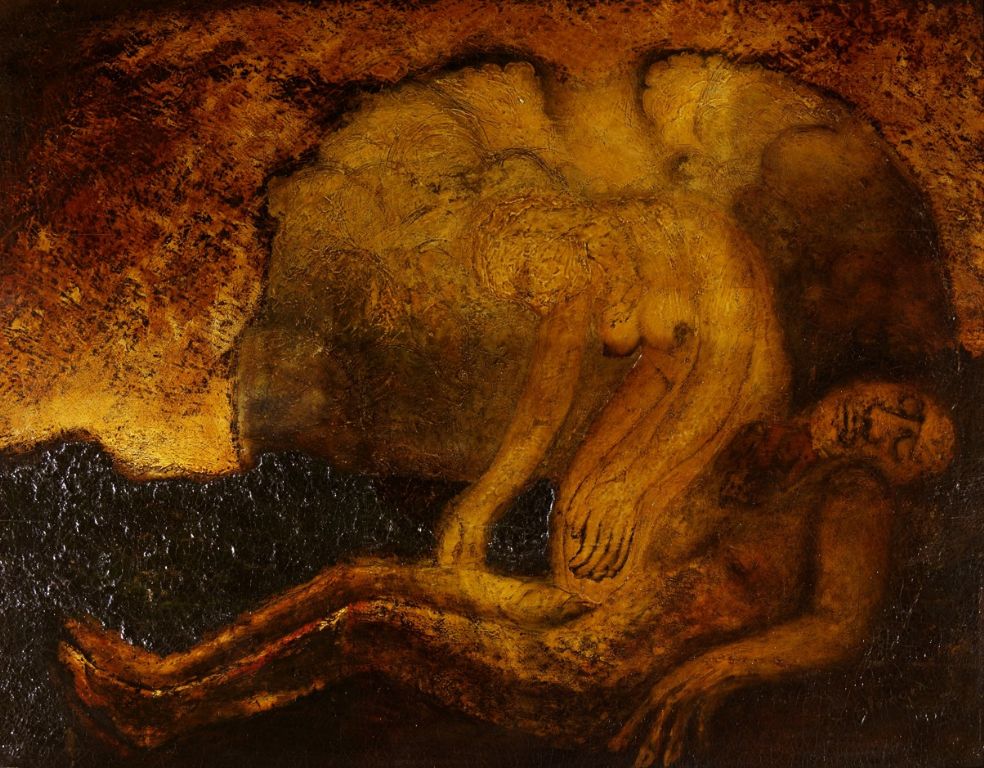Karel Šlenger
White unicorn gallery in Klatovy
13. 4. - 23. 6. 2019

n the spring of 1941, Karel Šlenger (1903–1981), an unknown painter from the foothills of the Giant Mountains, managed the unexpected. In the middle of the war, he managed to sell every last painting from his exhibition at Prague's Topič Salon. This exhibition by an artist whose Protectorate-era work skirted the line of entartete Kunst – i.e., art forbidden by the Nazi authorities – became a sensation. The salon was sold out for a long time. The selection of works was assisted by the event's main organizer, the painter František Tichý.
In the late 1920s and early 1930s, Šlenger lived in Paris, where he was exposed to various artistic styles and techniques. Of these, he felt the greatest affinity for the so-called School of Paris, although his expressive tendencies went much further. His textured works often resemble reliefs, and he tended to give form to his feelings and states of mind. His works from the early 1930s thus anticipated Informel even before Jean Fautrier. Similarly, some of his paintings can be seen within the context of Dubuffet and Art Brut. Šlenger's works possess an iconic potential that transcends the narrow confines of Czech art.


 Česky
Česky
